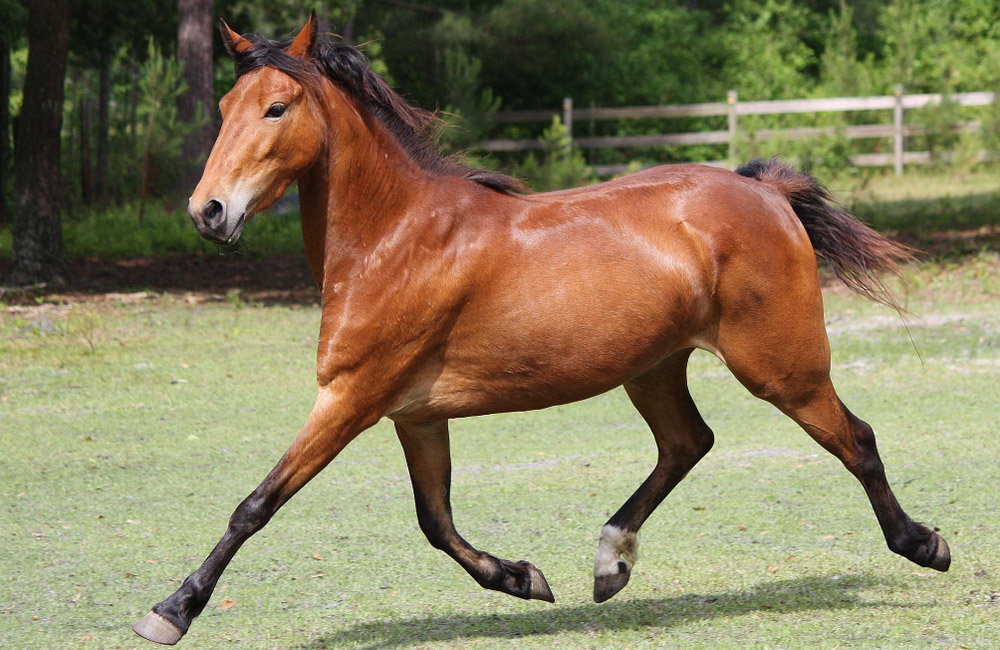
The Hackney Horse is highly recognizable for its high-stepping trot. The equine was initially bred for riding and carriage driving due to its versatile features and capabilities. The Hackney breed has been a favorite among horse riders due to its impressive athleticism. The Hackney Horse is typically priced between $2,000-$5,000.
Let’s take an in-depth look at what makes these riding and carriage horses so special.
What Is a Hackney Horse?
The Hackney Horse is a British horse breed that was mainly bred to produce quality equines for carriage driving. The Hackney Horse height is 14.2 to 16.2 hands tall. The average weight is 1,000 pounds. This heavily-built horse is ideal for advanced carriage drivers. Its gait is energetic and rhythmic.
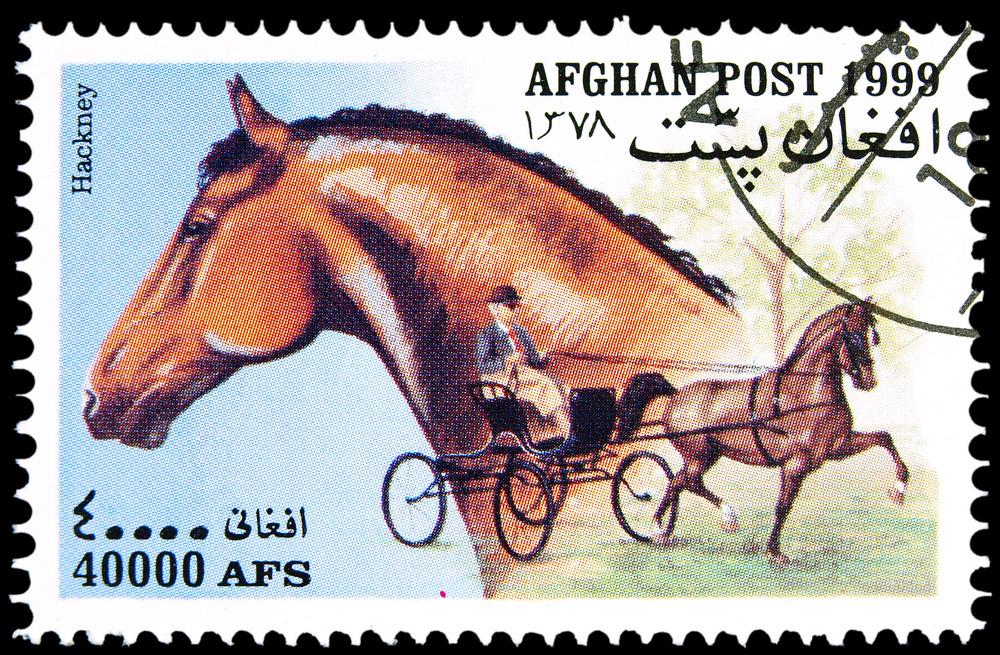
Hackney Horse History
The King of England wanted a powerful and good-looking horse to be developed. So they could use the horses for general purposes. Thus, Hackney was bred in the 14th century. The roads were not to the best quality at that time. Quality riding equines were needed to be ridden under a saddle.
Hackney trotting horses were also used as war horses. Due to their excellent trot, they were more prevalent than pacers. King Henry VIII ordered to keep refined trotting stallions for breeding in 1542.
The Norfolk Trotter and Arabian were two stallions that influenced the modern Hackney Horse. As a result, Norfolk Roadster was born in 1729. It was described as a horse of heavy-built with great speed and stamina. Norfolk Roadster was primarily used in farm work. Norfolks were selectively bred to preserve their speed and elegant style.
Another notable stallion was Original Shales. It was born in East Anglia in 1755. The pedigree was impressive. Original Shales was by the stallion named Blaze. Blaze was the son of Flying Childers, a Thoroughbred racehorse. The last one was a grandson of Darley Arabian. He was included in the foundation stock of Thoroughbreds. Original Shales had two sons – Scot Shales and Driver. Both of the equines influenced the Norfolk Trotter greatly.
Messenger, a famous Thoroughbred stallion, was a foundation sire of the modern Standardbred Horse breed. Hambletonian 10, an American trotter, shares a common pedigree with Messenger at least three times. Hambletonian 10 was a foundation sire of the American Standardbred. The Thoroughbred blood influenced Norfolk Trotters. The historic Hackney breed descended from the Yorkshire Roadster as well.
A Norfolk Trotter stallion Bellfounder was brought to America in 1820. That was a noble equine that was able to trot 17 miles for one hour. Bellfounder was a descendant of Hambletonian 10. Such horses were used in competitions under a saddle. Soon after, harness racing occurred. Hackney horses were perfect for both riding and driving.

Robert Ramsdale and his son, Philip Ramsdale, brought Norfolk horses Wroot’s Pretender and Phenomenon to Yorkshire. They were called Wroot’s Pretender and Phenomenon. These horses covered Yorkshire trotting mares. Phenomenon managed to trot 17 miles for 56 minutes. Her daughter, Phenomena, trotted 17 miles for 53 minutes only.
With the rise of the railway, the Norfolk breed’s popularity came the use of the Norfolk breed started to decline. It was revived by establishing the Hackney Horse Society (HHS) in 1883. It was formed in Norwich with its stud book tracing back records to 1755.
The Norfolk Horse and Yorkshire Trotter were bred to capture their distinguishing features. As a result, the modern Hackney breed occurred. Hackney Horses are commonly used in a show ring. The breed is popular in harness, dressage, and show jumping. Owners use the Hackney Horse in farm and trail riding as well.
Alexander Cassatt and other Hackney enthusiasts established the American Hackney Horse Society in Lexington, Kentucky, in 1891. Cassatt was the first man who brought the Hackney Pony to the USA. In Britain, he got 239 Stella and imported her to Philadelphia. Soon after, Cassatt and other breeders decided to form the American Hackney Horse Society.
Hackneys may come in a range of heights. Depending on the equine’s size, it’s defined as a horse or a pony. The Hackney Pony occurred in the 19th century. It was a result of breeding Hackneys with various pony breeds. Breeders wanted to create a specific equine of pony shows.
Nowadays, the breed is marked as a rare breed by Rare Breeds Survival Trust. The horse is in the watchlist as the global population of no more than 3,000 heads.

Hackney Horse Temperament
The Hackney Horse is docile and sensitive. The horse is highly responsive to its owner. Hackney Horses are easy to train and work with. That makes the breed versatile in use. The Hackney Horse is a friendly breed. People can get it as a family pet. But if the horse is treated badly, it can be stubborn and aggressive.
Hackney Horses are hardy animals. They can withstand a heavy workload and still stay sound. Thus, the Hackney Horse is often used in farming and racing.

Hackney Horse Characteristics
The Hackney Horse height is 14.2 to 16.2 hands tall. Equines that are shorter than 14.2 hands are defined as Hackney Ponies. The Hackney Horse weight is 1,000 pounds on average. The lifespan goes from 20 to 35 years. The same goes for the Colorado Ranger Horse.
The head is well-shaped, and the nose is slightly convex. The eyes are expressive, and the ears are alert. The neck is crested and massive. The cutthroat and jaw are clean. The chest is wide and well-defined. The ribs are well-sprung. The shoulders are long, powerful, and sloping. The back is of middle size. The croup is muscular. The hindquarters are powerful.
The tail is set high, and it’s carried high. The limbs are powerful with broad joints. The forearms are long. The hocks are strong, the patterns are of medium size. The hooves are round and upright.
The Hackney Horse’s trot is expressive. The breed features a high-knee and hock move. There’s a great flexion of the horse’s joints. The gait is straight with a distinct suspension. The front limbs are raised up with straight, bent knees. They stretch out forward with a ground-covering walk. The Hackney carriage horse also performs a rhythmic canter and brisk walk.
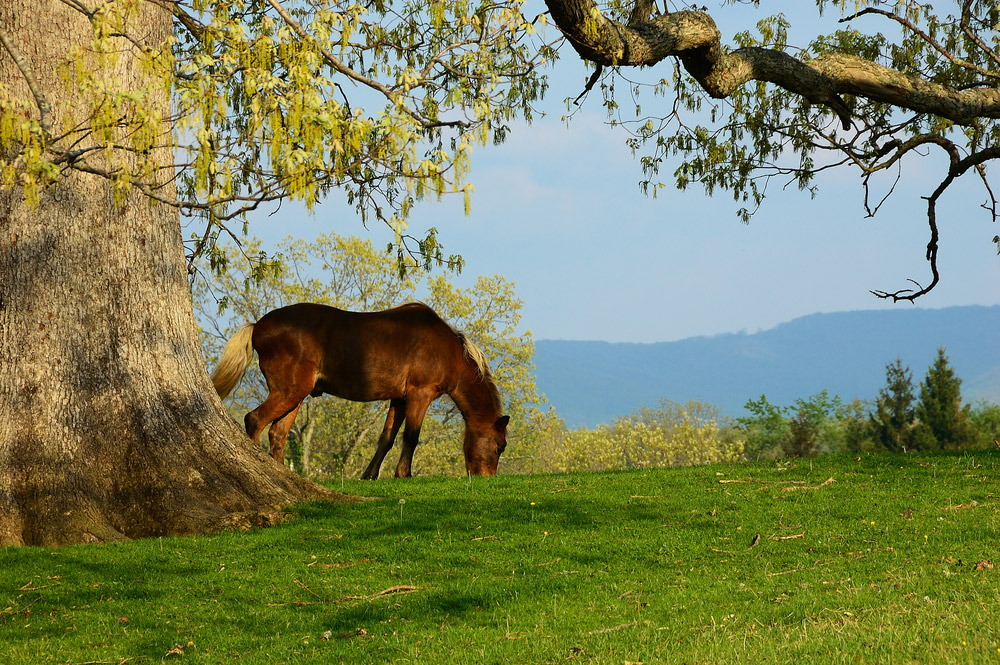
Hackney Horse Colors
The Hackney Horse can be any solid color. This may be brown, bay, chestnut, and black. Hackneys may also have white markings on their face and legs.
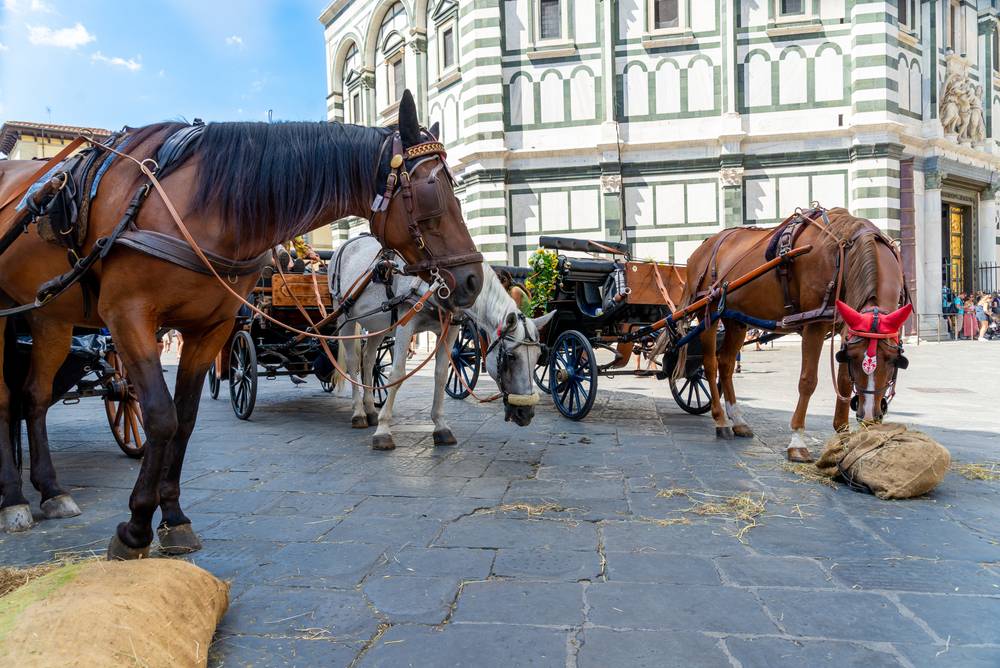
The Common Uses of the Hackney Breed
With its magnificent appearance and impressive stamina, Hackney has been a favorite among the wealthy as a work horse. From pulling coaches to being ridden in horse shows, this versatile equine has proven itself time.
Nowadays, the Hackney is still a beloved choice for driving combined driving events and as a riding horse. They are widely popular among tourists who flock to cities wanting to experience their graceful carriage rides. Hackneys are commonly used in dressage, show jumping, and eventing due to their nimble gaits.
With the breed characteristics, Hackney horses often get the spotlight in show rings. This driving horse is suitable for a range of disciplines.
Hackney Horse Price
The Hackney Horse price goes from $2,000 to $5,000 on average. The cost could go up to $10,000 for a well-trained horse. The price depends on a range of factors. They include the horse’s age, gender, health, training level, and more.
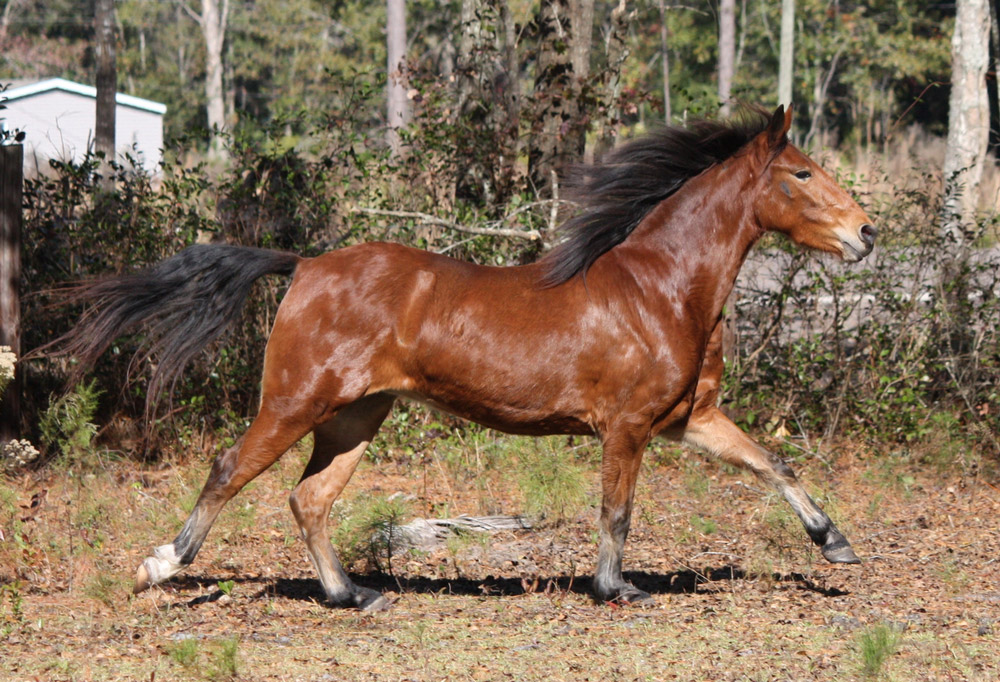
Hackney Horses Described
The Hackney is a docile horse that is speedy and hardy. The breed is a perfect choice for riding and driving. The horse is also used in farming and pleasure riding. Hackneys are good-looking horses that are friendly and outgoing.
Hackney is a multi-purpose breed. No matter what discipline you’re into, the horse will fit it. Check for a protective helmet and riding boots to make the journey safer.
